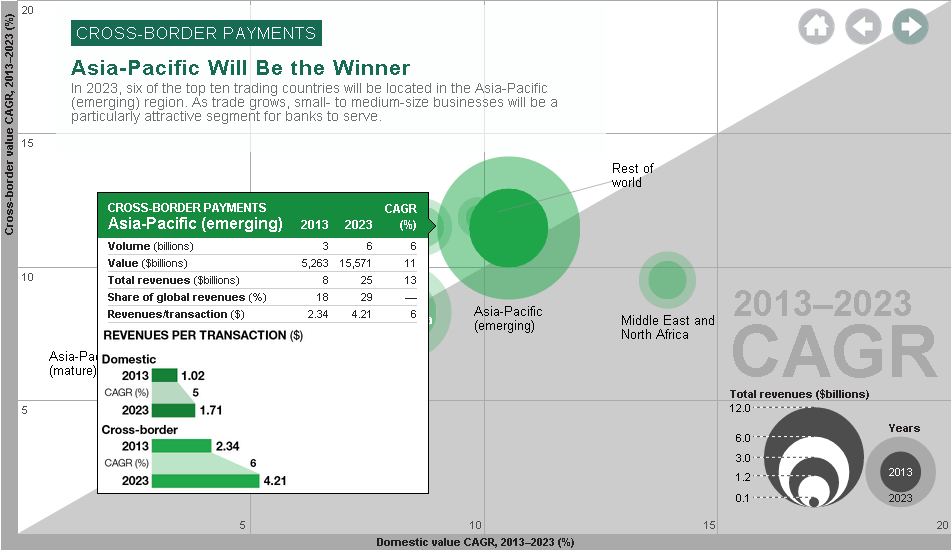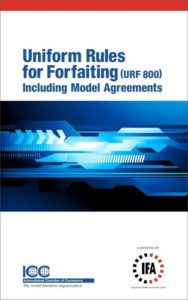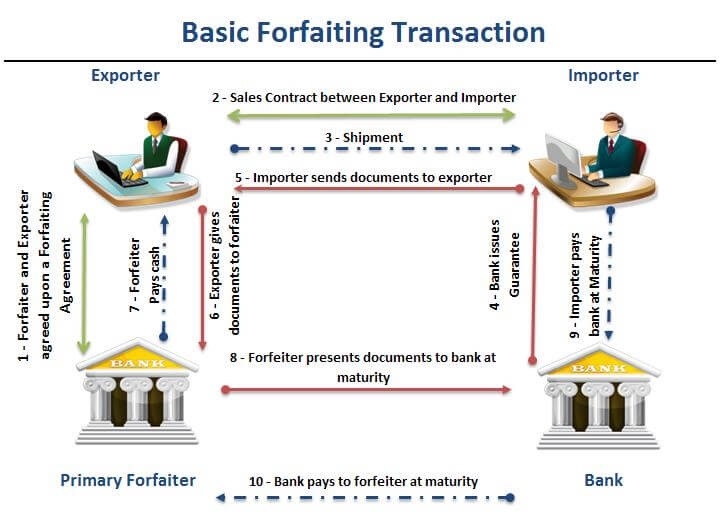In addition to its bi-annual summit gathering +300 international delegates every six months, the ICC Banking Commission organizes regular seminars and conferences around the world, in partnerships with ICC National Committees and other sponsors.
The ICC Banking Commission meetings are the only events of their kind gathering over 600+ banking executives and government officials from more than 65 countries to rethink the future of trade finance.
ICC Banking Commission 2015 Events
- ICC Banking Commission Annual Meeting 20 – 23 April, 2015 Singapore
- Supply Chain Finance Conference – 4th Edition TBC (Fall), 2015 Paris, France
- ICC Banking Commission Technical Meeting TBC (Fall), 2015 Paris, France
ICC Banking Commission Annual Meeting 20 – 23 April, 2015 Singapore
The Annual ICC Banking Commission Meeting will take place at Raffles City Convention Center in Singapore between 20-23.April 2015.

The Banking Commission of the International Chamber of Commerce (ICC), in collaboration with the Association of Banks in Singapore (ABS), is pleased to invite you to the ICC Banking Commission – Annual Meeting to be held at the Raffles Convention Center in Singapore on 20-23 April 2015.
ICC Banking Commission Technical Meeting TBC November 16 – 18, 2015 Paris, France

About the ICC Banking Commission
With +550 members in 85 countries, the ICC Banking Commission has rightly gained a reputation as the most authoritative voice in the field of trade finance.
Active in shaping policy and regulatory issues, the ICC Banking Commission is also known for producing universally accepted rules and guidelines for international banking practice, notably letters of credit, demand guarantees and bank-to- bank reimbursement.
ICC rules on documentary credits, UCP 600, are the most successful privately drafted rules for trade ever developed and are estimated to be the basis of trade transactions involving more than one trillion dollars a year.











